First Drive: The Gladiator Is Reincarnated & Ready to Fight Dirty
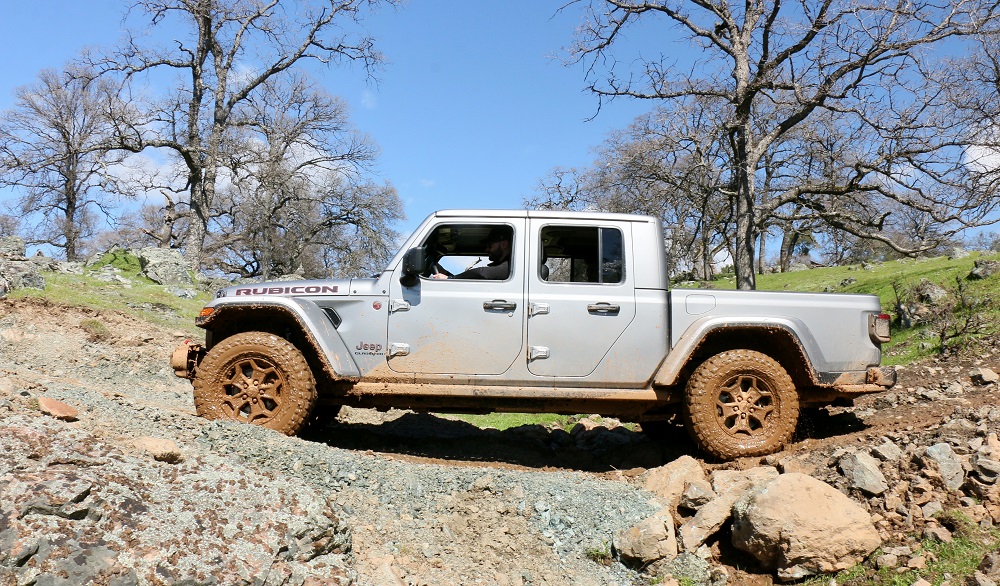
Long-anticipated 2020 Gladiator brings Jeep’s legendary off-road prowess and topless fun to the midsize truck segment.
Officially speaking, the world has been waiting for the 2020 Jeep Gladiator for 27 years. According to Jeep, it stopped using the name Gladiator for its pickups in 1971. Jeep’s most recent truck, the Comanche, went out of production in 1992. For those not willing to accept the Comanche, it’s been closer to 48 years. Regardless, the new Gladiator has been a long time coming and it couldn’t have come at a better time.
Midsize trucks are popular right now. They’re so hot that Ford decided to bring the Ranger back to the U.S. after eight years of offering only F-150s and Super Dutys here. Now Jeep is entering the fight with the 2020 Gladiator. Jeep flew me out to Sacramento, California to see what its warrior truck is bringing to the battle.
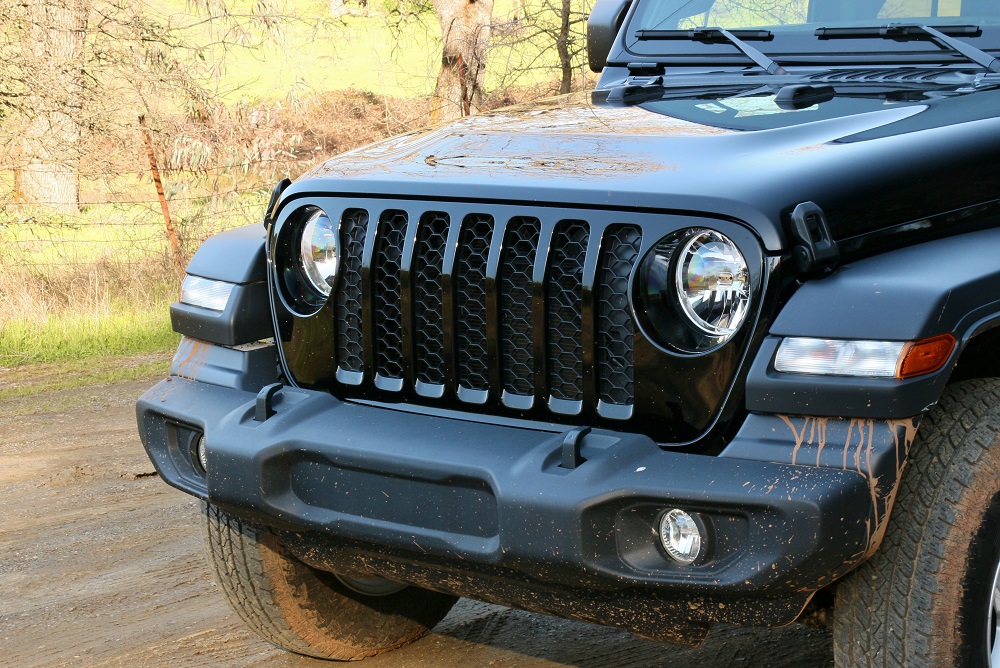
What’s In a Name?
The Gladiator’s name may harken back to the 1960s and ’70s, but its design is almost all modern Wrangler. In fact, it looks so similar to its SUV cousin that it’s tempting to say that Jeep just slapped a bed on the back of a JL. Cosmetically, that’s hard to argue, but the engineering that went into the Gladiator was anything but an afterthought.
The seven slots in the grille are slightly wider than they are on the Wrangler so they can channel more cooling air to the engine when it’s towing. The high-strength steel frame is 31 inches longer (137.3 inches) than the JLU’s backbone, giving the Gladiator a wheelbase that’s almost 20 inches longer.
Like the Wrangler, the Gladiator is largely aluminum. Engineers used the lightweight metal for its hood, fenders, foldable windshield frame, removable doors, hinges, and damped tailgate. The cab and five-foot cargo box, which is centered just behind the rear axle to improve weight distribution, is made out of steel. Even the Gladiator’s wheels have been engineered to handle higher payloads.
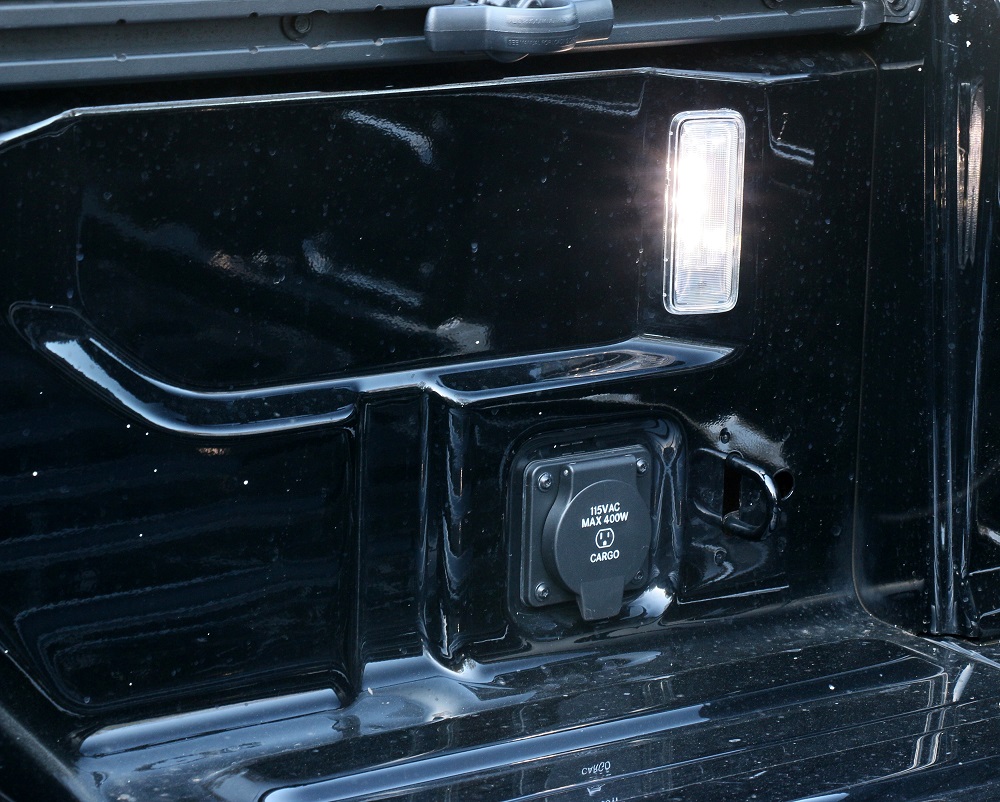
I heard the phrase “100 percent truck, 100 percent Jeep” more than once during the pre-drive presentation at a venue in Clarksburg. To prepare the Gladiator for truck life, Jeep reinforced its bed with four steel cross-members. Tie-down points and under-rail bed lighting add convenience. A spray-in bedliner and roll-up tonneau cover are optional. A 115-volt AC outlet is available as part of the Trail Rail Cargo Management Group, which also includes rails on all three fixed sides of the bed, four tie-down cleats, and a lockable storage bin under the rear seats.
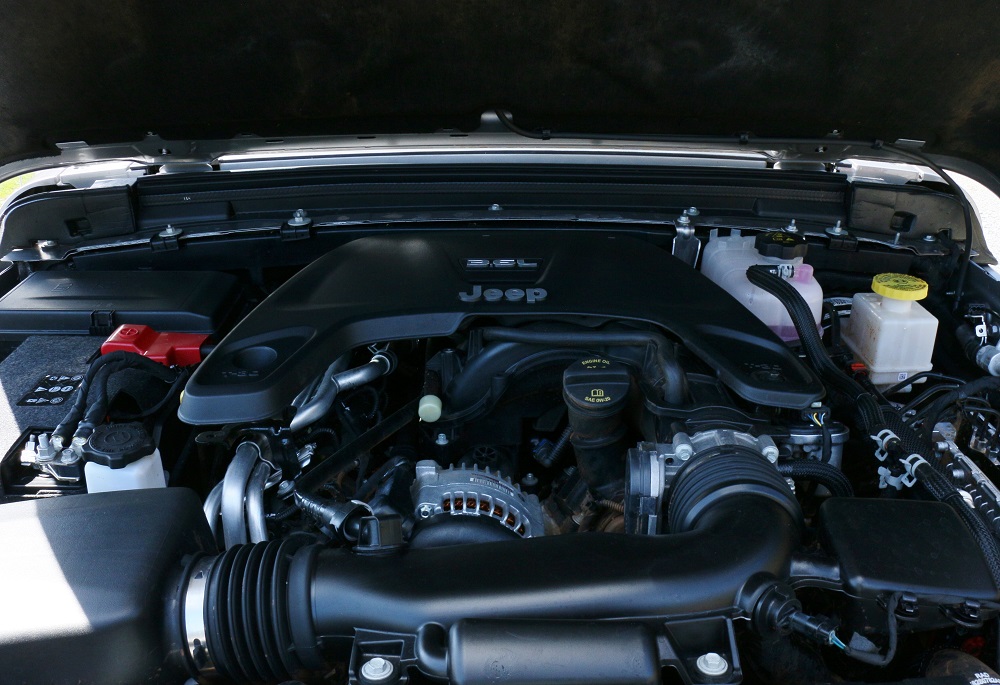
Gladiator— Now with Pentastar Power
The Gladiator launches with the familiar 3.6-liter Pentastar V6 (an updated 3.0-liter EcoDiesel V6 with 260 horsepower and 442 lb-ft of torque is coming next year). Its output is also familiar: 285 horsepower and 260 lb-ft of torque, which the Gladiator transmits through either a six-speed manual or eight-speed automatic. With the right gearbox and axle ratio, the Gladiator can haul a maximum of 1,600 pounds. The available Max Tow Package, which includes upgrades such as wider front and rear Dana 44 axles, 4.10 gears, and a Class IV hitch, helps the Gladiator pull up to 7,650 pounds.
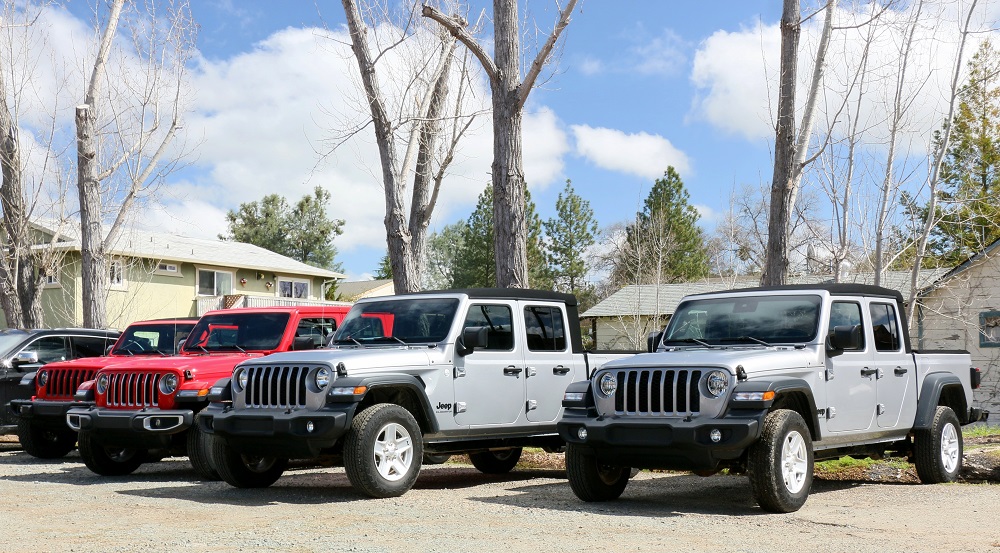
Jeep had an assortment of Gladiators waiting for us once the presentation was over. The Gladiator’s trim levels are largely similar to the Wrangler’s with one exception. The base trim level is Sport. After that comes Sport S. Next, instead of Sahara, there’s Overland, but it still serves as the luxury trim level. At the top, there’s the Rubicon. I paired up with a photographer/videographer named Nick and we jumped into a silver Overland model for the drive that would take us from Clarksburg to a driver change point and eventually out to Cool, California (yes, this is an actual city) for the off-roading portion of the event.
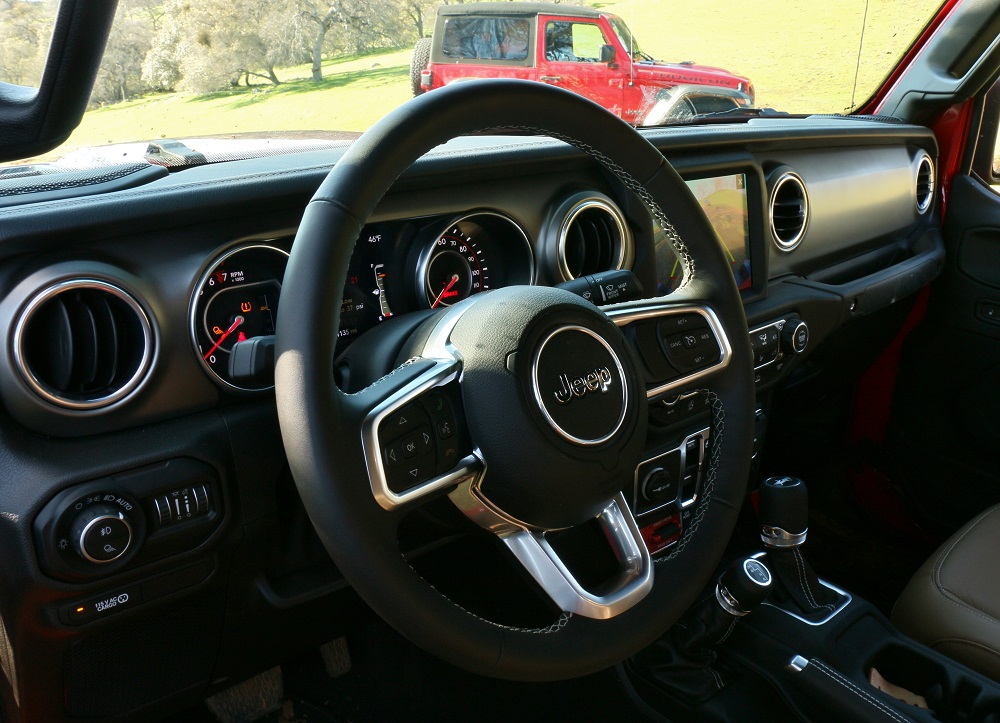
I started out behind the wheel for the initial leg of the journey. Jeep offers the Gladiator with a variety of tops: basic and premium Sunrider soft tops and black and body-color three-piece hard tops. Given how sunny it was, I decided to keep the silver Freedom panels in place. My Overland tester’s 4,742-pound curb weight meant it was more than 500 pounds heavier than a JLU Sahara, but it was hard to tell when I put my right foot down. The Pentastar seemed just as peppy in the Gladiator as I remember it being in the 2018 JLU Sport I drove last year. The slow, vague electro-hydraulic steering made me think back even further than that. I found myself constantly having to make minor corrections to the wheel to keep the Gladiator headed straight, just like I had to do in the 2015 Willys Wheeler.
The Gladiator had a fairly gentle ride quality, even when I passed over small bumps in the road. Highway pavement seams made sure I didn’t forget that it was a body-on-frame vehicle by giving me reminding jolts. Jeep set out to build a real truck and those moments made it clear that they succeeded.
